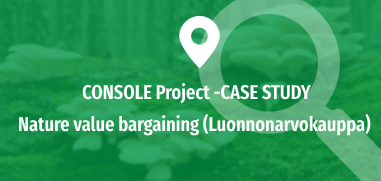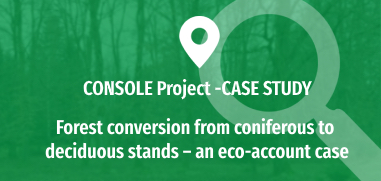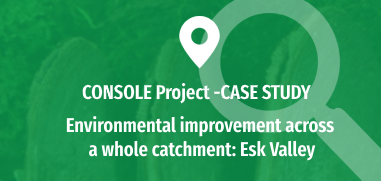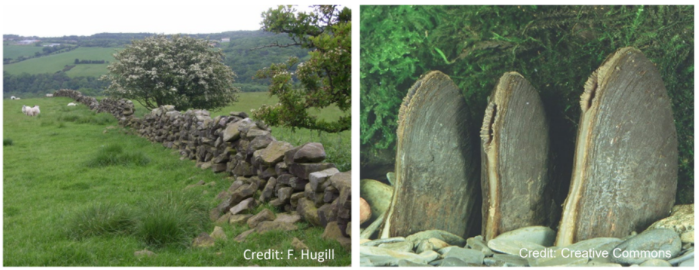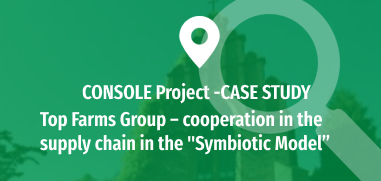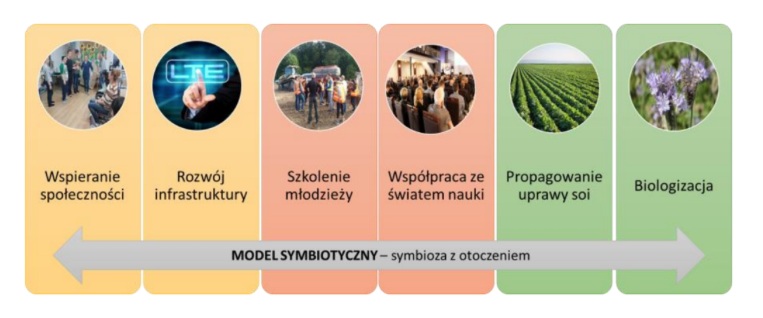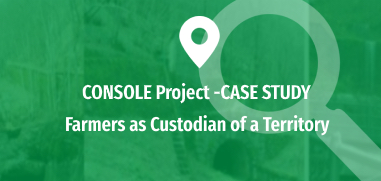Summary
The contract is developed within a MULTI-MEASURE CALL of the Tuscan RDP 2014-2020 and aims at the aggregation of public and private subjects to deal – directly and indirectly – with specific environmental problems at a territorial level (hydro-geological risk, soil quality, biodiversity, water retention and landscape enhancement). The contract requires the establishment of a territorial partnership and the development of a territorial development project focused on the main environmental issues of the area under contract. Once approved by the Region, the ITP allows the direct activation and funding from a multiplicity of environmental related sub measures/operations of the current RDP (i.e. non-productive investments related to agro-climatic-environmental objectives). The individual instances presented under the ITP umbrella gain priority over the other applications for RDP measures for both selection and funding. The contract requires a leading subject to coordinate the management of the proposal. The leader has the task of managing network activities and monitoring the progress of material investments to ensure the implementation of the project and its effectiveness/efficiency. The leading entity is also responsible for guaranteeing compliance. The public agency requires at least 85% of budget with respect to the proposed investments in order to deliver payments. The total budget is up to euros 3 million for projects at least euros 500,000 in non-productive investments (environmental). The territorial agreement is signed by both, those who should realise the investments and those who makes a non-direct contribution to the project. For at least three years, the signatories are linked to each other by contractual constraints which regulate mutual obligations and responsibilities regarding the realization of investments aimed at achieving the territorial objectives set in the project (i.e. the investments). Of the 28 projects received by the Tuscany Region within the current RDP, this case study focuses on the ITP of the Tuscan archipelago (Islands of Elba, Capraia and Giglio) that started in 2016. The leader is the Department of Agri-Food Production and Environmental Sciences of the University of Florence (DISPAA UniFi).
Objectives
- Activation of a coordinated monitoring and management network
to face hydrogeological instability;Increasing the overall resilience of the territory to calamitous events originated by climate change; - Improving the state of conservation and functionality of some elements of the historical landscape;
- Systematic and site-specific dissemination of good agronomic
practices to protect the territory; - Supporting farmer’s viability.
- Increase the capability to observe the territory and increase
positive attitude towards non-productive investments.
Public Goods




























Problem description
The rapid and uncontrolled urban expansion due to tourism has consumed much of the rural and natural areas in the territory of the Tuscan Archipelago. In its major islands (Elba, Capraia, Giglio) serious damage for biodiversity and for the hydrogeological balance of the territories are caused by this intense development. In addition, the recent pressure of the ungulates (wild boar and mouflon in particular, both alien species introduced by man to the island) is causing damage both to crops and to hydraulic and agricultural arrangements and slopes. The Tourism expansion together with the process of agricultural modernization have led to a strong decline in traditional agricultural activities with an increasing land abandonment and the consequent degradation of natural and traditional landscapes. On the other side, the intensification of olive and vine cultivation has led to landscape simplification and to the increase in hydrogeological risk, especially in the hilly systems with the abandonment of the terraces. Such circumstances are amplified by the effect of the ongoing climate change, which is revealed by the increase in heavy rainfall events with a cumulative exceeding 300 mm/d, in the face of a reduction in overall rainfall and the increase in heatwaves. The recurrence of alluvial episodes subjects the territory to the risk of landslides and valley flooding, but also to widespread erosion phenomena.
